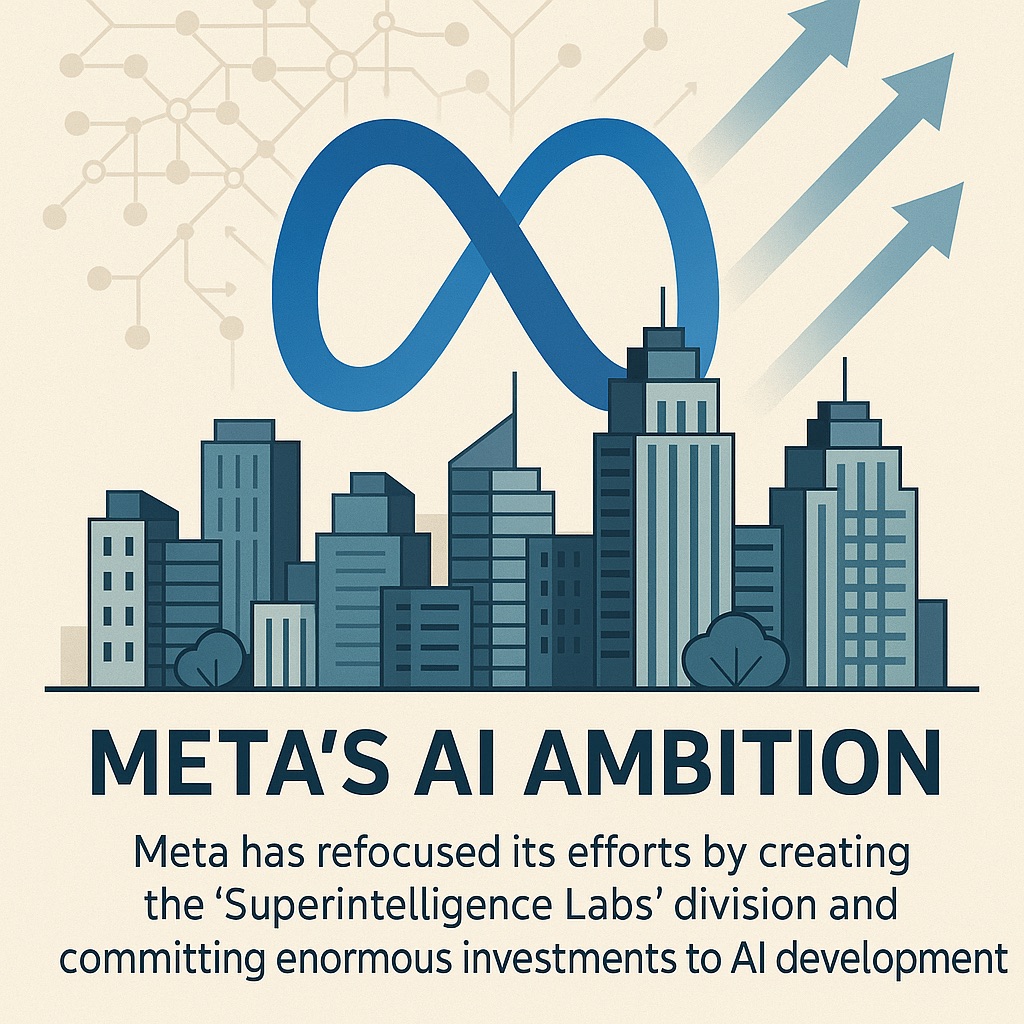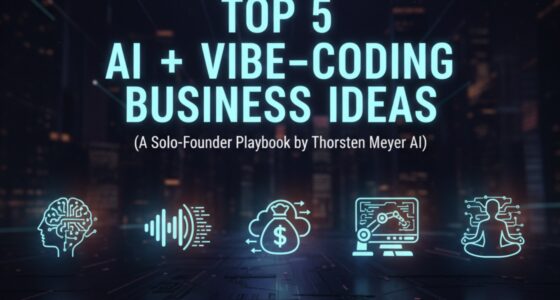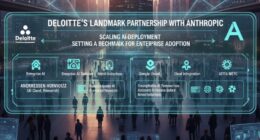Ambitious Goals: From AI to Superintelligence
Meta CEO Mark Zuckerberg has unveiled a sweeping reorganization of the company’s artificial intelligence efforts, creating a new division called Meta Superintelligence Labs. The move signals an ambitious push toward developing AI systems that rival or exceed human capabilitiesaibusiness.com. In an internal memo, Zuckerberg framed “developing superintelligence” as “coming into sight” and “the beginning of a new era for humanity”, affirming he is “fully committed to doing what it takes for Meta to lead the way”aibusiness.com. This explicit focus on “superintelligent” AI – systems outperforming humans across a wide range of tasks – marks a notable escalation in Meta’s AI ambitionsaibusiness.com. Ultimately, Zuckerberg says the goal is to create “personal superintelligence for everyone,” suggesting future AI assistants with capabilities far beyond today’s systemsaibusiness.com.

Such artificial general intelligence (AGI) aspirations represent a shift from Meta’s previous AI projects. While Meta’s past AI efforts often enhanced existing products (recommendation algorithms, content moderation, etc.), the new lab squarely targets AGI – essentially “machines that can outthink humans”reuters.com. Achieving this would mean AI models proficient at virtually any cognitive task, a milestone experts view as still distant. (Meta’s chief AI scientist Yann LeCun has cautioned that current methods “will not be enough” to reach this holy grail of AIreuters.com, underscoring the long-term, moonshot nature of the effort.)
Reorganizing Meta’s AI Strategy
The formation of Meta Superintelligence Labs represents a significant strategic reorientation for Meta’s AI approach. All of the company’s key AI initiatives are being consolidated under this new division, bringing together its foundation model teams (including those behind the open-source Llama models), product-focused AI teams, and its Fundamental AI Research (FAIR) groupsaibusiness.com. This unified structure is Meta’s most significant organizational shift toward AI to dateaibusiness.com, intended to break down silos and accelerate progress. Industry analysts note that Zuckerberg is “reposition[ing] Meta as a leader in [AGI] development rather than just a social media company with AI features”aibusiness.com.

Crucially, Meta’s AI strategy is shifting on the philosophical front as well. The company has traditionally open-sourced its AI models, freely releasing code and weights (as with Llama 2 and related models). However, recent internal discussions suggest a potential pivot: leadership in the new lab have considered abandoning Meta’s most powerful open-source model (codenamed “Behemoth”) in favor of developing a closed-source modelinvesting.com. This would be a “significant philosophical change for Meta,” which has so far championed opennessinvesting.com. The change is prompted in part by setbacks with Llama 4. Meta’s latest open model (nicknamed “Behemoth”) reportedly underperformed expectations, leading to a delayed or canceled release after poor internal resultsinvesting.com. In fact, once Meta announced the Superintelligence Labs initiative in June, teams working on Behemoth “stopped conducting new tests” on itinvesting.com. The open-versus-closed debate remains preliminary and any shift would require Zuckerberg’s approvalinvesting.com, but it highlights how Meta is rethinking its strategy to stay competitive at the frontier of AI.

The catalysts for this reorg were multiple. Meta faced senior AI staff departures and a lukewarm reception to Llama 4, which allowed rivals like Google’s DeepMind, OpenAI, and China’s DeepSeek to seize momentum in the AI racereuters.com. Losing its early lead in open-source AI (Llama) was a “real wake-up call” that “stirred the sleeping giant” at Metasemianalysis.com. In response, Zuckerberg went into what one analyst called “wartime CEO” modetheguardian.comtheguardian.com – overhauling Meta’s AI playbook and marshaling massive resources to regain the initiative. As part of this, Meta is not just tweaking recommendation algorithms or incremental features anymore; it’s undertaking a moonshot-style effort to “leapfrog” current AI progress and target true superintelligencetheguardian.com.

Meta also hopes this renewed AI push will create new revenue streams. According to Reuters, Zuckerberg believes the Superintelligence Lab can drive products like the Meta AI chatbot app, generative image/video tools for advertising, and next-gen AI features in smart glassesreuters.com. In other words, beyond the long-term quest for AGI, Meta sees nearer-term applications of advanced AI woven into its social platforms, ad tech, and AR devices – potentially unlocking new business value to justify the enormous investmentreuters.com.

Leadership and Key Personnel
At the helm of Meta’s Superintelligence Labs is Alexandr Wang, appointed as Meta’s first-ever Chief AI Officer. Wang is the 28-year-old former CEO of Scale AI, a high-profile data-labeling and AI infrastructure startupreuters.com. Zuckerberg has lauded Wang as “the most impressive founder of his generation,” noting that at Scale AI he was involved with “almost all leading models across the industry”mobileworldlive.com. Meta recently invested $14.3 billion for a 49% stake in Scale AIreuters.com, underscoring how critical Wang’s expertise and Scale’s resources are to Meta’s plan. (Notably, Scale AI has worked on massive datasets and tooling for many top AI labs, and even secured a U.S. Defense Department AI contract, indicating Wang’s broad experiencetheguardian.com.)
Nat Friedman, former CEO of GitHub, has been brought on as well to co-lead the division alongside Wang. Friedman will head Meta’s work on AI products and applied researchaibusiness.com. He not only led GitHub (now a Microsoft subsidiary) but also co-founded a venture fund that invested in notable AI startups (including Safe Superintelligence, Perplexity AI, and design platform Figma)reuters.comreuters.com. Friedman’s role signals that Meta wants to tightly couple cutting-edge research with real-world products – ensuring that breakthroughs in models translate into features for Meta’s billions of users.
Meta also tapped Daniel Gross, co-founder and CEO of Safe Superintelligence (SSI), to join the Superintelligence Lab’s leadershipreuters.com. SSI – a venture linked to OpenAI’s co-founder Ilya Sutskever – focuses on AI alignment and safety, suggesting Meta is mindful of the AI alignment challenge as it pursues more powerful models. Gross will reportedly lead the lab’s AI product divisionreuters.com. The presence of SSI’s team indicates safety and “safe superintelligence” research will be part of Meta’s agenda, aiming to ensure that any AGI-level systems remain aligned with human values.
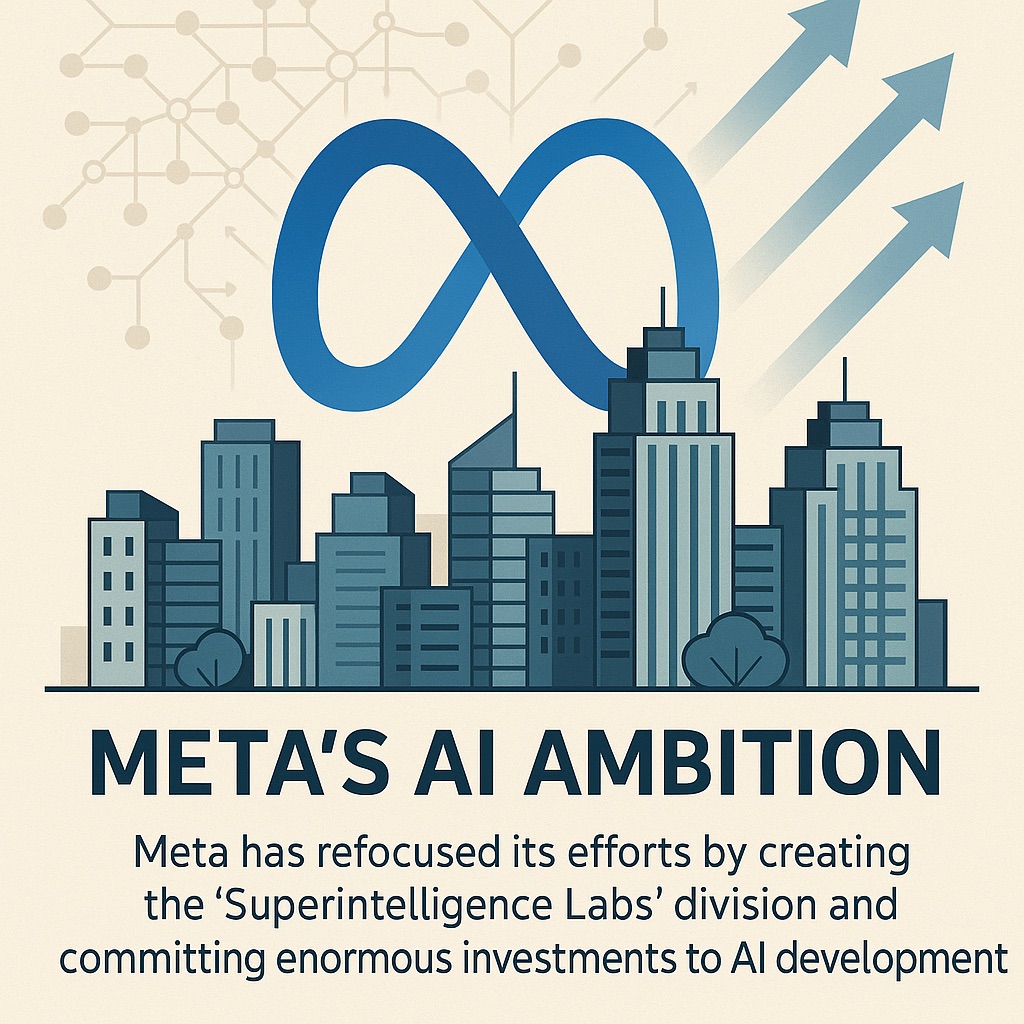
Below the top leadership, Meta has executed an aggressive hiring spree to staff the new lab with world-class talent. In recent weeks, Zuckerberg himself has personally recruited around 50 AI experts from across the industrymobileworldlive.com. This “talent raid” targeted researchers at OpenAI, Google DeepMind, Anthropic, and other AI startupsaibusiness.com. In fact, OpenAI CEO Sam Altman publicly revealed that Meta was approaching his staff with eye-popping offers – “$100 million signing bonuses” in some cases – and compensation packages that dwarf typical tech salariesmobileworldlive.com. According to industry analysis, the “typical offer” for top talent on Meta’s new team has been on the order of $200 million over 4 years, and some offers even reached $1 billion for key figures (though not all were accepted)semianalysis.com. By dramatically raising the cost of talent for everyone, “Zuck is crushing the competitors” in this AI hiring warsemianalysis.com.
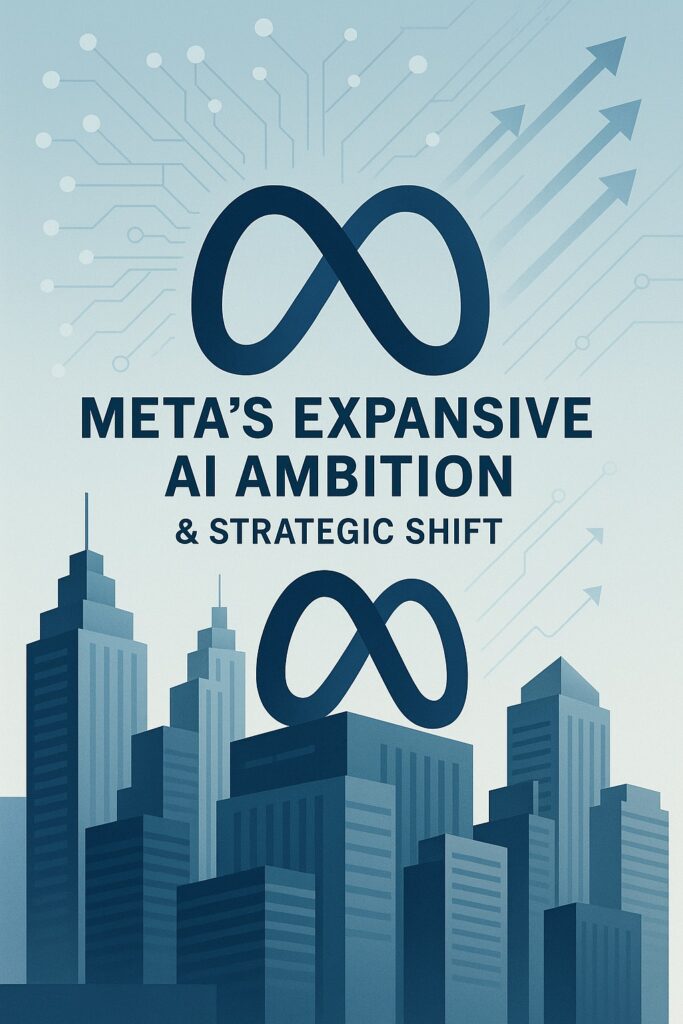
High-Profile AI Recruits (mid-2025) to Meta’s Superintelligence Labs include:
- Huiwen Chang – Former Google research scientist and OpenAI researcher, co-creator of GPT-4’s multimodal model, who also invented novel text-to-image generation architectures at Googlereuters.com. Her expertise in multimodal AI (combining vision and language) will bolster Meta’s efforts to build models that see and understand images or video as well as text.
- Jack Rae – Former DeepMind researcher who was a technical lead on Google’s next-gen Gemini model and spearheaded its advanced reasoning capabilitiesreuters.com. Rae’s involvement brings cutting-edge insight into large-scale training and reasoning from one of Meta’s top competitors.
- Johan Schalkwyk – A renowned former Google Research Director (Google Fellow) who led major projects in speech AI. He joins Meta as the new lab’s Voice AI Lead, indicating Meta’s interest in state-of-the-art conversational and voice interfacesreuters.com.
- Trapit Bansal – Recruited from OpenAI, where he worked closely with Ilya Sutskever on the “O-series” reasoning modelsreuters.com. Bansal’s background in improving AI reasoning and problem-solving will help Meta tackle one of the core challenges on the path to AGI (getting models to reason through complex tasks reliably).
- Pei Sun – Former Google DeepMind scientist who contributed to Gemini’s post-training and reasoning, and previously built perception models for Waymo’s self-driving carsreuters.com. His arrival reinforces Meta’s bench in both advanced model fine-tuning and applied AI in vision/autonomy.
- Jiahui Yu – An OpenAI alumnus who led a perception team and co-created multiple GPT-4 variants (such as GPT-4.1 and an “o3” vision-language model)reuters.com, further strengthening Meta’s multimodal and vision AI expertise.
- Shengjia Zhao – Former OpenAI research scientist and co-creator of ChatGPT and GPT-4 (including miniaturized versions)reuters.com. Having one of ChatGPT’s creators on board brings experience in large language model training and fine-tuning at the highest level.
(These are just a few of the notable hires; in total Meta has brought on at least a dozen top researchers and engineers from rival labs in mid-2025reuters.com.) This assembly of talent suggests Meta is prioritizing a broad range of AI specialties: large language models, multimodal vision-and-language systems, advanced reasoning/agent architectures, generative image/video, speech and conversation AI, and AI safety/alignment research. By pulling in experts who built OpenAI’s GPT-4, Google’s Gemini, and other frontier projects, Meta is effectively ensuring its new lab has insider knowledge of competing approaches and the people capable of pushing beyond them.
Unprecedented Investment in AI Compute
Backing this talent influx is an equally staggering investment in computing infrastructure. Zuckerberg said Meta will spend “hundreds of billions of dollars” on AI supercomputing data centers in the coming yearsreuters.com. The company is already constructing multiple “titan” GPU clusters to train and run these next-gen models. Its first mega-cluster, Prometheus, will be a 1 gigawatt (GW) AI training data center coming online in 2026reuters.com. A second cluster, Hyperion, is planned to scale up to 5 GW – a facility so large that “just one of these covers a significant part of the footprint of Manhattan,” Zuckerberg notedreuters.com. In fact, Meta is on track to be the first AI lab to bring a >1 GW supercluster online, according to industry analysis that Zuckerberg citedreuters.com. For context, these power levels (gigawatts dedicated to AI computing) far exceed typical cloud data centers – underlining Meta’s intent to outpace rivals in raw computational might.

To fund this, Meta is leveraging the massive cash flows from its core advertising business. “We have the capital from our business to do this,” Zuckerberg assured, responding to investor concerns about the astronomical spendingreuters.com. Meta already raised its expected 2025 capital expenditures to $64–72 billion (up from prior plans) in order to “bolster the company’s position against rivals OpenAI and Google”reuters.com. The company’s AI budget encompasses not only data centers but also specialized hardware (like custom AI chips and network gear) needed to train increasingly sophisticated, large-scale modelsaibusiness.com.
This level of investment is virtually unprecedented, even amid an industry-wide AI arms race. (For perspective, all big tech companies combined were expected to spend about $320 billion on AI in 2025reuters.com, so Meta alone is taking a sizable chunk of that.) Meta’s strategy appears to be: solve the two bottlenecks of Talent and Compute by throwing money at bothsemianalysis.com. Observers say that after years of lavish spending on the metaverse (via Reality Labs) with little payoff, Zuckerberg has effectively “thrown his entire datacenter playbook in the trash” in favor of an AI-first plansemianalysis.com. Even unconventional approaches – like building GPU farm “tents” for rapid deployment of compute – are on the tablesemianalysis.com. All of this is to ensure that Meta’s researchers have “GPU‑filthy-rich” resources at their disposal, rivaling or exceeding what peers at OpenAI or Google enjoysemianalysis.com. If AI capabilities scale with compute, Meta does not intend to be outgunned on that front.
Competing with OpenAI, Google DeepMind, and Anthropic
Zuckerberg’s establishment of the Superintelligence Lab is explicitly aimed at catching up to (or overtaking) the current leaders in AI – namely OpenAI, Google (DeepMind), and Anthropicreuters.com. In recent months those organizations appeared to have an edge, thanks to Meta’s aforementioned challenges with Llama 4 and talent churn. Now Meta is attempting a dramatic comeback. By unifying its efforts and investing heavily, Meta is “racing to secure top AI talent” and “better compete with rivals” in the AGI racereuters.com.
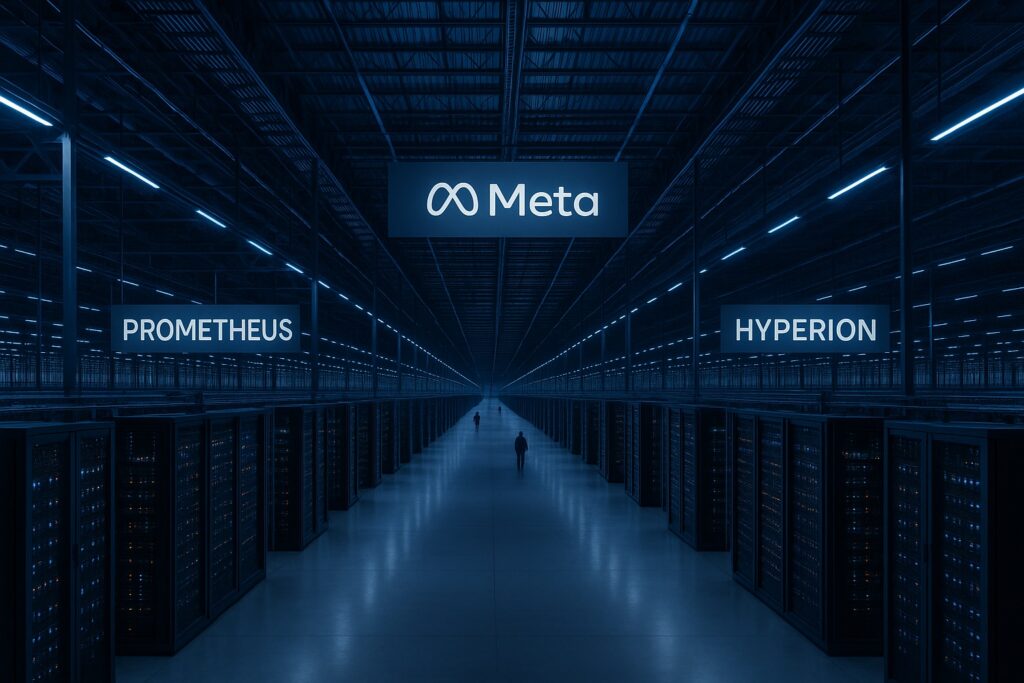
OpenAI has been seen as a frontrunner with its GPT-4 model and Microsoft partnership – but Meta’s response has been to recruit aggressively from OpenAI’s ranks. This has prompted some tension: OpenAI’s CEO highlighted Meta’s extravagant bonus offers and even had to devise new incentives to retain his staff after “the departure of key employees” to Metamobileworldlive.com. The dynamic resembles an AI talent arms race, with Meta forcing others to raise compensation to avoid “brain drain.” If OpenAI brought cutting-edge AI to the masses first, Meta’s goal is to leverage its own scale (billions of users, vast compute) and a dream-team of researchers to take the lead in the next generation of AI models.
Google (now Google DeepMind after merging its two AI divisions) is likewise a key rival. Google’s forthcoming Gemini AI (successor to GPT-4, still in development) is highly anticipated. Meta poached some of DeepMind’s notable researchers (like Jack Rae and Pei Sun)reuters.com, potentially slowing Google’s progress while strengthening its own. Both Meta and Google share a similarity: they are integrating AI across many products (search, ads, maps for Google; feed ranking, ad targeting, messaging, AR for Meta). But Google historically kept its best AI models proprietary, whereas Meta was more open. If Meta shifts to a closed model strategy for its most advanced systemsinvesting.com, it would more directly mirror Google and OpenAI’s approach of closely guarding their top-performing models. In effect, Meta is declaring it intends to match its peers in seriousness and secrecy at the cutting edge, not just in scale.
Anthropic, a smaller AI lab backed by Google and known for its safety-oriented model Claude, is also in Meta’s sights. Meta hired at least one key engineer from Anthropic (Joel Pobar, who led infrastructure for large models)reuters.com. While Anthropic specializes in AI alignment techniques (like “Constitutional AI”), Meta’s hiring from that talent pool (and partnership with Safe Superintelligence) suggests it doesn’t want to lag on the alignment/safety front either. However, Anthropic and OpenAI, being pure-play AI companies, have their entire mission staked on AI breakthroughs. According to one expert, Meta’s strategy differs in that AI is an “enabler” for Meta’s existing business rather than its core purpose, meaning Meta “can afford to take a longer view” and is “not as desperate to achieve AGI” immediatelytheguardian.com. In other words, Meta’s immense ad business gives it patience and funding to pursue AGI somewhat insulated from short-term pressure, whereas startups like OpenAI/Anthropic must justify themselves with faster progress.
It’s worth noting the global context too. Chinese AI labs (such as the mentioned DeepSeek) are part of the competition. SemiAnalysis reports that Meta actually “lost its lead in open-weight models to DeepSeek,” which was a major factor waking Meta up to the risk of falling behindsemianalysis.com. This international dimension adds urgency – Meta doesn’t want to cede AI leadership to a Chinese competitor either. The “race to dominate AI” is truly global and multi-facetedtheguardian.com, involving corporate giants and geopolitics (Wang’s Scale AI even has U.S. defense contracts, tying AI to national securitytheguardian.com).
Overall, Meta’s new lab positions the company as a more serious contender in frontier AI research. By committing unparalleled resources and drawing in top minds, Meta is signaling that it intends to stand alongside Google DeepMind, OpenAI, and others as an equal (if not the leader) in the pursuit of AGI. “Zuckerberg’s attempt to leapfrog the current state of progress” is widely seen as an effort to “regain the initiative over AI” after earlier missteps and the distraction of the metaverse pushtheguardian.com. The coming years will test whether this high-risk, high-reward strategy pays off or if it echoes Meta’s costly bet on VR/AR.
Industry Reactions and Expert Commentary
Meta’s Superintelligence Lab announcement has drawn a mix of admiration, concern, and caution from industry observers:
- Long-Term Bet vs. Near-Term Returns: Some market analysts worry that this AGI push could become “another moonshot” akin to Meta’s ill-fated metaverse effort – an expensive bet that might take many years to pay offreuters.com. Meta’s Reality Labs division spent over $60 billion since 2020 with little to show beyond VR headsets and smart glassesreuters.com. Skeptics see parallels: a CEO enamored with a futuristic vision (then VR, now AGI) willing to burn through cash without guaranteed ROI. “Meta’s AGI bet could be another moonshot [with no] near-term returns,” one Reuters piece noted, voicing investor concernsreuters.com. The contrast with Wall Street’s expectations – which often favor efficient spending and quick wins – has been a point of discussion. Meta’s stock has performed well in 2023-2024, but will investors stay patient if tens of billions more go into AI research that doesn’t immediately boost profits?
- “Wartime CEO” and Strategic Pivot: On the other hand, some analysts applaud Zuckerberg’s aggressive course correction. One Silicon Valley analyst characterized Meta’s recent moves (the huge Scale AI deal and talent raid) as the actions of “a wartime CEO” galvanizing his company for a high-stakes battletheguardian.comtheguardian.com. After the embarrassment of the metaverse flop (which one expert noted “didn’t just fail, it was ridiculed”theguardian.com), this pivot to AI is seen as Meta regaining its focus on a domain where it cannot afford to be left behind. Zuckerberg is one of the last Big Tech founders still at the helm of his company, and he’s leveraging that authority to make bold moves swiftlysemianalysis.com. “Mark doesn’t need [analysts] to tell him to slow down stock buybacks to fund the future,” joked SemiAnalysis, noting Meta’s willingness to pour its resources into the AI racesemianalysis.com.
- Alignment and Openness Concerns: AI ethicists and researchers have raised questions about safety and transparency in this race. Meta’s mooted shift toward closed-source models has drawn notice because it “would mark a significant philosophical change”, potentially reducing the wider AI community’s insight into Meta’s advancesinvesting.com. Some experts argue that truly society-altering AI – “as important as CERN and particle accelerators” – should be developed openly and collaboratively, not just by tech giants in secrettheguardian.com. “There’s a good argument that there should be a CERN for AI,” said Michael Wooldridge, an Oxford professor, suggesting a public research consortium to ensure AI is developed “robustly so we understand and trust” ittheguardian.com. If companies race ahead behind closed doors, there’s worry that public trust and scientific transparency will suffer. Meta’s inclusion of safety-focused teams (SSI) is a positive sign, but observers will be watching whether Meta balances its competitive drive with contributions to open science or governance of AI. Yann LeCun’s stance that current AI is not on track to reach AGI without new breakthroughsreuters.com also reflects an internal caution – Meta’s own AI luminaries recognize the challenge ahead and the need for fundamentally new research, not just brute force.
- Competitive Landscape Commentary: Financial analysts like D.A. Davidson’s Gil Luria note that Meta’s heavy AI investment is not just boosting current products (like better ad targeting) but is “oriented to the long-term competition to have the leading AI model”reuters.com. “At this scale,” Luria said, “the investment… could take time to materialize”reuters.com, implying that overtaking established AI leaders will be a marathon, not a sprint. There’s acknowledgment that Meta’s AI push has already yielded incremental benefits – improving its advertising business by enhancing ad performance and pricingreuters.com – but the endgame is to win the race for the most advanced AI, which may not be resolved for years.
- Academic Perspective: Some academics remain measured about Meta’s chances. Professor Wooldridge pointed out that despite hype, today’s AI still has glaring weaknesses: “We have AI that can do genuinely impressive things but then it fails on… simple task[s] which any competent student wouldn’t fail”theguardian.com. AGI and “superintelligence” might still be far off, and companies could chase mirages. Another expert, Dr. Andrew Rogoyski of the Institute for People-Centred AI, noted Meta’s business context might actually make it more patient: since Meta can make money with AI-enhanced ads and social features, it’s “not quite as desperate to achieve AGI” as pure AI labs, potentially allowing a more sustainable, long-term efforttheguardian.com. In summary, the expert consensus is that Meta’s bid is bold and potentially transformative, but fraught with uncertainty – technical, economic, and ethical.
Conclusion
Meta’s launch of the Superintelligence Lab illustrates a pivotal moment for the company – and arguably for the tech industry’s AI trajectory. It combines grand vision (making superhuman AI a reality and broadly accessible) with a ruthlessly competitive execution (poaching talent, spending lavishly on compute, and possibly forsaking open-source ideals for an edge). This initiative positions Meta directly against the likes of OpenAI, Google DeepMind, and Anthropic in the quest for AGI. The coming years will reveal whether Meta can translate its vast resources and new brainpower into AI systems that truly “lead the way”aibusiness.com. If successful, Zuckerberg’s bet could reinvent Meta from a social networking empire into an AI powerhouse at the forefront of a new technological era. If it stumbles, it could become another cautionary tale of big bets and hype. For now, the world is watching Meta’s Superintelligence Labs as it embarks on one of the most ambitious AI projects ever undertaken.
Sources:
- Reuters – “Meta deepens AI push with ‘Superintelligence’ lab…” (July 1, 2025)reuters.comreuters.comreuters.com
- Reuters – “Zuckerberg’s Meta Superintelligence Labs poaches top AI talent…” (July 8, 2025)reuters.comreuters.com
- Reuters – “Meta’s Zuckerberg pledges hundreds of billions for AI… superintelligence push” (July 14, 2025)reuters.comreuters.com
- AI Business – “Meta Launches Superintelligence Labs in Major AI Restructuring” (July 1, 2025)aibusiness.comaibusiness.com
- MobileWorldLive – “Zuckerberg unveils Superintelligence Labs team” (July 2, 2025)mobileworldlive.commobileworldlive.com
- SemiAnalysis – “Meta Superintelligence – Leadership, Compute, Talent, and Data” (July 11, 2025)semianalysis.comsemianalysis.com
- The Guardian – “Meta to announce $15bn investment… to achieve ‘superintelligence’” (June 11, 2025)theguardian.comtheguardian.com
